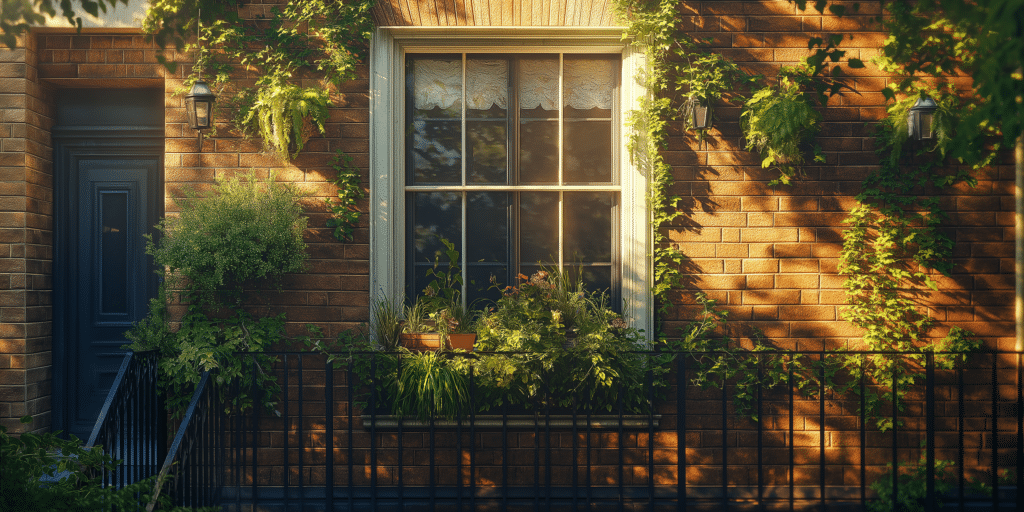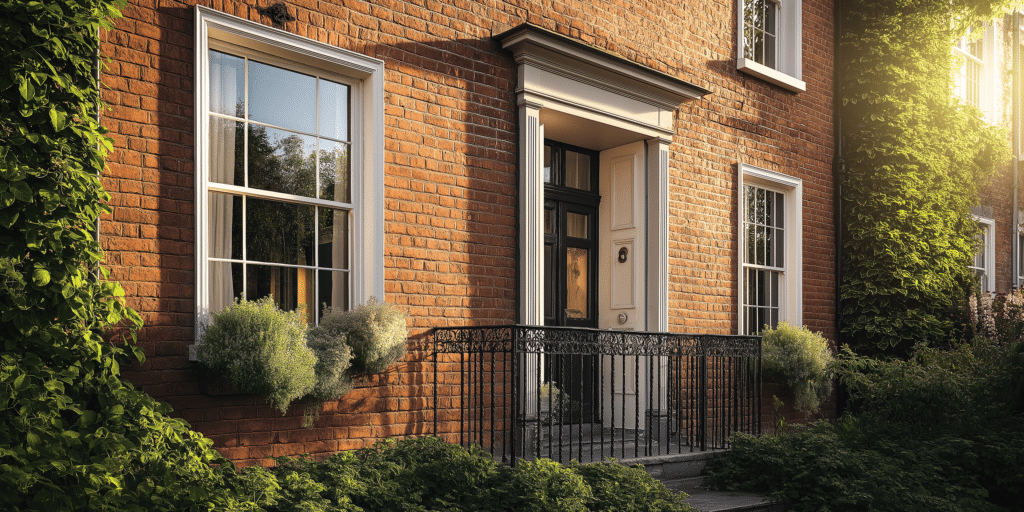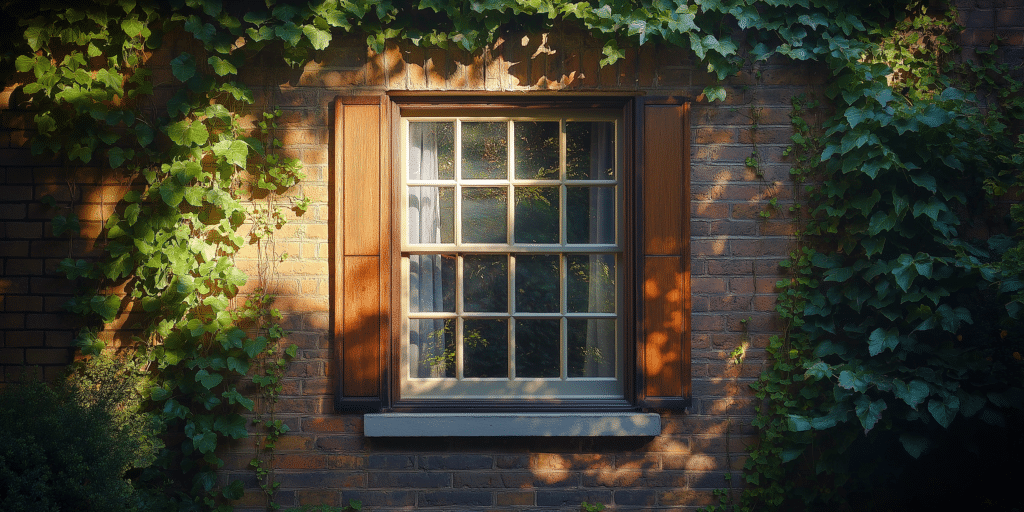The Importance of Regular Top Sash Maintenance

Have you noticed your top sash becoming difficult to move or noticed any sticking during operation? Regular maintenance is crucial for your sash windows’ smooth and efficient operation, especially with traditional timber-framed windows. Experts emphasise the need to perform checks every six months to prevent issues like warping, sticking, and draughts. In fact, addressing these issues can improve the thermal performance of your windows, reducing heat loss by up to 74% when proper maintenance is applied, including ensuring the sash cords and balances are in top condition.
By maintaining key components, such as the sash cords, pulleys, and balances, homeowners can significantly extend the life of their sash windows. This is particularly vital in single—and double-glazed sash windows, where draughts can reduce energy efficiency. Neglecting maintenance leads to higher repair costs and more frequent replacement of components like the top sash guides and frames, which generally range from £0.99 to £2.16 per guide. However, the cost of replacing an entire sash window can go from £300 to £1,500.
How Does Top Sash Functionality Affect Different Sash Window Types?
Understanding how the top sash operates can provide insight into the function of different sash window types. The top sash remains fixed in a single-hung sash window, limiting ventilation options. In contrast, double-hung sash windows allow both the top and bottom sashes to move, providing superior air circulation. Experts emphasise that well-maintained double-hung windows enhance natural ventilation and can even help reduce energy costs through optimised air circulation.
For homeowners, this means that the functionality of the top sash directly impacts how often the window needs maintenance. Double-hung sash windows require more frequent maintenance due to the movement of both sashes, whereas single-hung windows may need occasional checks for seal integrity. Natural airflow through well-maintained sashes improves indoor air quality while offering an energy-efficient solution for temperature regulation.
Expert Insights: Why Sash Windows Have Endured Through the Centuries
Why have sash windows been a defining feature of British architecture for over 400 years? According to the Historic England Trust, sash windows, particularly those in Georgian and Victorian homes, have endured because of their unique combination of elegance and functionality. Sash windows were originally designed to maximise ventilation and natural light, especially in urban areas where homes were built close together. As The Independent explains, these windows were crucial for preventing the spread of fire between neighbouring buildings in crowded cities.
Despite the rise of modern materials such as uPVC and aluminium, many heritage homes retain their original timber sash windows due to their aesthetic appeal. Victorian advancements in glass production allowed for larger glass panes in sash windows, reducing the number of glazing bars and allowing more natural light to fill rooms. While today’s sash windows may be double-glazed for improved energy efficiency, the original designs’ historical significance and visual appeal remain highly valued.
Step-by-Step Guide to Inspecting Your Top Sash for Damage

Inspecting your top sash for damage is a straightforward process but requires attention to detail. Start by checking for visible issues such as cracks or rot in the frame, which can affect both the top and bottom sashes. Early identification of issues such as frayed sash cords or warped timber can prevent more costly repairs down the line.
If the sash is difficult to open or close, the weights may need recalibrating, or the cords could require replacement. Lubricating the pulley system regularly is another key to ensuring smooth operation, particularly in older timber-framed windows. For uPVC sash windows, check the balance mechanism, which might need recalibration.
Common Problems with Top Sashes and How to Fix Them
You’re not alone if you’re struggling with a stuck top sash. This is a common issue, particularly in older timber sash windows. The problem is often related to the pulley system, which may become misaligned or jammed. Additionally, sash cords can fray over time, leading to operational difficulties. They recommend inspecting and replacing the cords when necessary to ensure smooth functionality.
First, to resolve this issue, check whether the sash weights are balanced and functioning properly. If the sash cords are worn or broken, replace them by removing the inner sash and securing the new cords to the sash weights. If the frame has warped, sanding and adjusting the timber may be required to restore the sash window to working order. For uPVC sash windows, the issue might lie in the balance mechanism, which may need recalibration.
If the window continues to be difficult to open after these adjustments, a professional should be consulted to check for further issues, such as moisture infiltration, which can cause the wood to swell and worsen the problem over time.
How to Replace Sash Cords in a Top Sash
Replacing sash cords can seem daunting, but it’s essential for maintaining the smooth operation of traditional sash windows. Sash windows experts explain that sash cords typically need replacing every 10-15 years, depending on the wear and tear they endure.
Remove the inner sash carefully and cut the old cord to replace the cords. It is crucial to measure the new cord correctly to ensure it matches the original length. Thread the new cord through the pulley and attach it to the sash weight. Once secured, reinstall the sash and check the movement. Ensuring the cord is properly aligned with the pulley system is critical for the longevity of your window’s operation.
The process differs slightly for modern uPVC sash windows, as they use spring balances instead of cords. Consult your window manufacturer’s guidelines for specific instructions on replacing these mechanisms.
Final Thoughts: Ensuring the Longevity of Your Top Sash

Ensuring the longevity of your top sash requires consistent care and attention. Regularly inspecting the sash cords, lubricating the pulley system, and checking for draughts or frame warping can significantly extend the life of your windows. Addressing minor issues promptly can prevent more costly repairs down the line.
For those with heritage homes, preserving the authenticity of timber-framed sash windows is essential for maintaining the value and character of the property. However, regular maintenance is critical. A well-maintained sash window adds aesthetic appeal and enhances your property’s energy efficiency, reducing heat loss by up to 60% in double-glazed systems. You can avoid further complications by addressing problems like misaligned pulleys or broken cords early.
Modern sash windows, particularly those made from uPVC or with double glazing, offer improved insulation, which can reduce energy bills by 20-40%, depending on the installation. The long-term benefits of energy savings and increased home comfort far outweigh the investment in regular upkeep.




